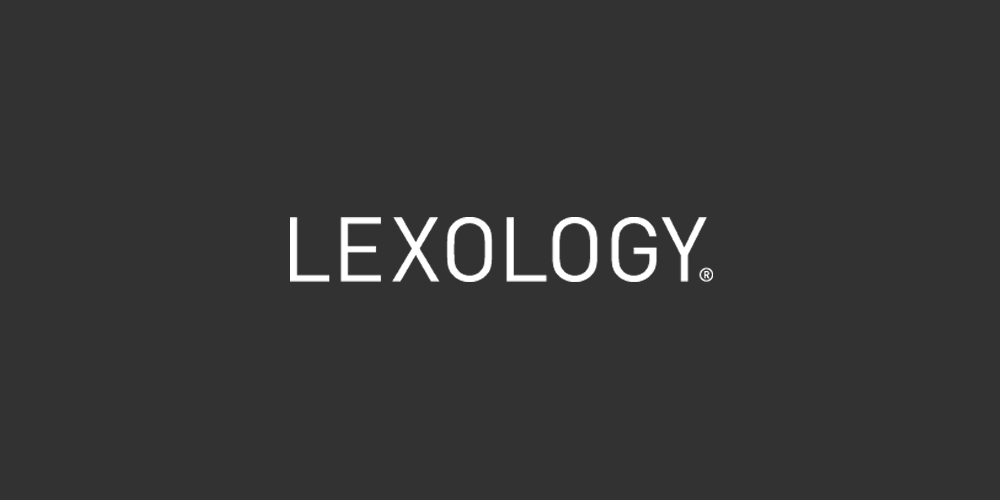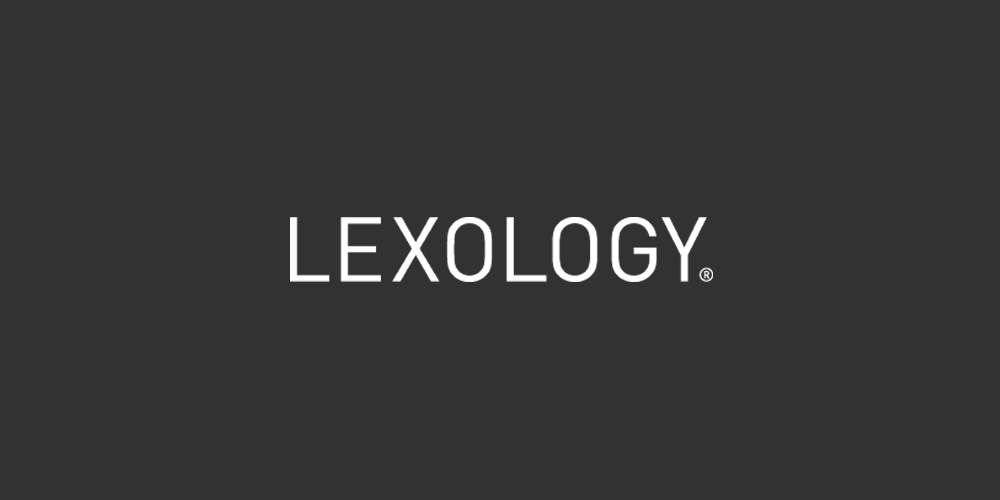
Artificial intelligence would be the ultimate version of Google.
The ultimate search engine that would understand everything on the web. It would understand exactly what you wanted, and it would give you the right thing. We’re nowhere near doing that now. However, we can get incrementally closer to that, and that is basically what we work on.” Larry added (Academy of Achievement interview, October 2000).
It should be no surprise that nearly 20 years ago, co-founder of Google Larry Page was considering the way internet search engines, artificial intelligence and machine learning can better our online experiences. As with any aspirational technologies, the ultimate end goal is perfection.
The internet is the world’s marketplace, storefront, and trading floor, with businesses and brands vying for attention. While the machines are still learning, they are already influencing consumer habits across industries. What happens when the technology falls short?
In the second article in our series on artificial intelligence and IP, Ben Scarfield and James Nurton look at how the greater use of AI in marketing and communication could affect trade marks.
Fast forwarding to 2018, tools such as Amazon’s Alexa and Google Home are just two examples of how AI and machine learning is revolutionising the way consumers choose traditional retail products, and the use of such automated assistants is expected to boom in the next few years. Whilst not quite matching Larry Page’s turn of the millennium predictions, there is an unmistakable change in the way consumers across many industries purchase goods and services.
According to another Gartner report published in February 2018, 25 percent of customer service and support operations are expected to integrate virtual customer assistant or chatbot technology by 2020. That compares to just 2 percent in 2017.
Gartner report also predicted that by 2020:
-
30 percent of all B2B companies will employ AI to augment at least one of their primary sales processes
-
More than 40 percent of data analytics projects will relate to an aspect of consumer experience
-
Augmented reality, virtual reality and mixed reality immersive solutions will be evaluated and adopted in 20 percent of large enterprises
Relatively little attention has been paid so far to what these changes in marketing and advertising mean for the ways in which trade marks are used and managed.
Will fundamental trade mark concepts still apply?
Trade marks are arguably the most powerful commercial instrument an enterprise can own. A wealth of know-how, confidential information, patented technologies and goodwill accrued through use can be bundled into a single word or logo and recognised internationally by consumers.
However traditional precedents of trade mark law are based on human perceptions. Case law governs legal constructs such as the average consumer comparing and choosing goods or services, the overall impression of the marks used, and often in contentious trade mark proceedings, whether there is a likelihood of confusion as to the origin of goods or services.
But as technology begins to supplement or even replace human decision making in the browsing and buying experience, will these concepts need to be adapted? We are already seeing cases where AI plays a role in the goods being delivered. Amazon and similar retail websites generate recommendations for consumers, based on algorithms that use data from previous purchases or searches. Similarly, online grocery stores commonly “substitute” a product that is not available with a similar one: but if the substitute is a rival brand (for example, if the consumer selects Coca-Cola and is delivered Pepsi) is there a possibility of trade mark infringement? If so, who is responsible for the infringing act?
Traditional analysis in trade mark law relies on very human traits, such as imperfect recollection, allusive interpretations and association through experience. The application of human quirks requires inherent imperfection in an artificial system.
The courts have started to address some of these issues where technology overlaps with the presentation of marks online. The Google France case, and subsequent cases regarding liability of search providers and intermediaries, addressed the sale of AdWords consisting of registered trade marks. The Lush-Amazon case similarly looked into the ability of a commercial entity to attract custom using its own marks, if a platform purposely withheld as an outlet by the brand owner uses the marks regardless, without selling the brand owner’s goods. The recent litigation over the Argos domain names further delves into the economic power exercised in search engines. But there are many issues that are likely to have to be tackled in the coming years. These include:
-
With greater reliance being placed on techniques such as speech recognition and predictive retailing, who is the consumer – the human purchaser or the AI tool placing the order?
-
As the Internet of Things develops, we will see more cases of automated ordering (for example, printers ordering new ink cartridges or a fridge ordering more milk). Can a consumer trust that the branded goods they want, and the associated badge of quality, is the item they receive?
-
What is the role of a trade mark where a purchase is made without direct human involvement? And in such cases, how will courts decide infringement based on precedent such as the average consumer and likelihood of confusion, and the responsibility of those in charge of the machines?
More power to the retailers
One trend seems clear: larger brands with substantial internet traffic are in a position to benefit. The fuel that powers AI is data, and it is the internet service provider giants who own and control the most valuable data on customer purchases and other interactions.
Take retail as an internet service provider example. Trust in internet retailing has grown, and e-commerce is now the platform of choice for many brands. For example, as a consumer if your relationship is with a retailer such as Amazon or Tesco, that is the trusted brand. In physical retail, changes to products, comparison for side-by-side brands and prominence are more straightforward, with considerations taken into eye-level shelf positioning and block placement of goods. However online, goods of one trader may be buried in the overall retail platform listing, or associated unfavourably with third-party goods. If that platform uses AI to replace certain products or services without input from consumers or brand owners, then is there detriment to the goodwill of smaller or niche brands, affecting their overall business? Similarly, if the retailer develops automated anti-counterfeiting tools that block certain brands or sellers, who is to say if it is over-reaching?
In such circumstances, there may be remedies available under trade mark law for the brand owner to defend their trade mark rights. This could go as far as suing the internet service provider (or its AI provider) for infringement, or even in competition law. But in practice, suing an internet service provider is likely to be a last resort for a small brand, given the costs and risks involved and the commercial detriment.
So one trend we might see in the next few years is that AI will fundamentally change consumers’ relationships with trade marks: the goodwill and reputation in big retailers’ brands will become enhanced, as a few dominant online companies become customers’ key buying touchpoints. But this may come at the expense of other trade mark owners: their brands will have less impact on consumers who are increasingly dependent on the ISPs’ prediction, recommendation and substitution technologies.
Legislation cannot outpace commerce
According to another Gartner report published in February 2018, 25 percent of customer service and support operations are expected to integrate virtual customer assistant or chatbot technology by 2020. That compares to just 2 percent in 2017. Artificial intelligence and business interaction is expected to grow in both B2C and B2B interactions across industries. 30 percent of all B2B companies will employ AI to augment at least one of their primary sales processes; more than 40 percent of data analytics projects will relate to an aspect of consumer experience; and augmented reality, virtual reality and mixed reality immersive solutions will be evaluated and adopted in 20 percent of large enterprises.
Marketing and advertising experts are already addressing how the greater use of AI in retail will affect the relationship between consumers and brands. For example, an article in Brand Quarterly argued that “AI Is About To Change What It Means To Be Brand” while there are many talks and blog posts addressing topics such as “5 Ways AI Can Help Your Brand Grow”.
It’s fair to say that trade mark law is playing catch up with a market that’s constantly changing and evolving. The question is, how fast will IP practitioners need to adapt their strategies for searching, clearing and protection of trade marks?

